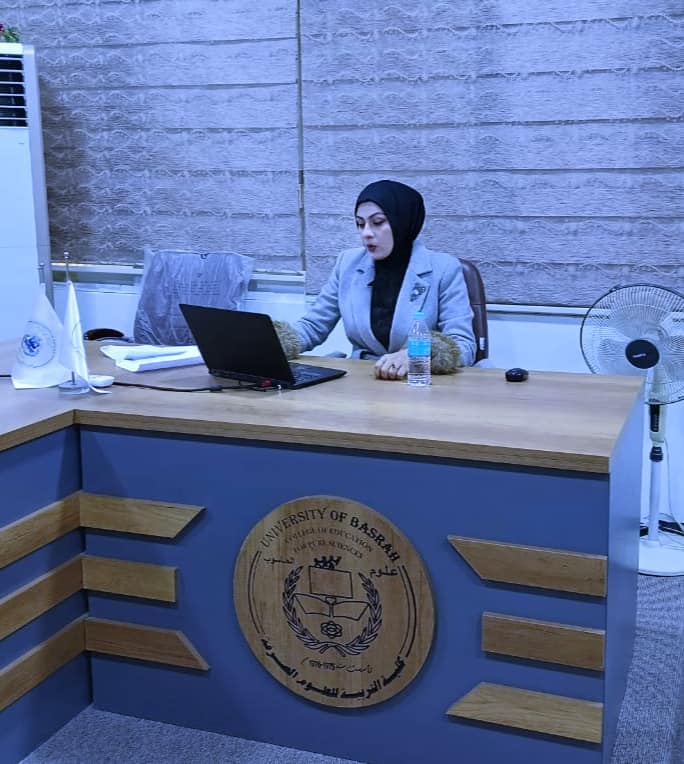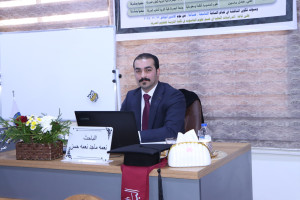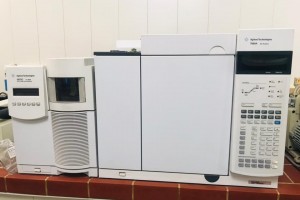
The College of Education for Pure Sciences, Department of Mathematics, organized a scientific lecture entitled (Classical artificial diffusion and rheological diffusion of the weak Galerkin finite element to solve the problem of convective diffusion)
The lecture presented by the researcher (Ibtihal Ahmed Abdel Nemah) in this episode included a presentation of some important concepts, studies and theories in the 'finite element method. The weak Kal-Rukn method for finite elements was described to solve stable convection and diffusion problems. The basic idea of the weak Kal-Rukn method for finite elements is the use of weak functions. The weak derivatives are separated into standard weak form using the semi-perfect dissection of this method. This method is considered one of the most efficient methods, but when it is adopted in problems whose first derivatives contain large coefficients (controlled by convection), difficulties arise such as oscillation and instability in the solution. Therefore, many treatments of the weak corner method for the finite elements of the problem were tried and developed. We first created a new method, CADWGFEM, for the purpose of reducing the amount of the convection coefficient by adding the classical artificial diffusion limit. This method produces non-oscillatory solutions, but it does not give its sufficiency in terms of accuracy. The accuracy cannot be exceeded by one degree. The first one distorts the equation, so we found another method, SLDWGFEM, which reduces oscillations and disturbances and enhances the accuracy of the solution required to get rid of the problems associated with the WGFEM and CADWGFEM methods.
We derived properties such as stability and the elliptical property of the shape, while studying the possibility of applying this method to the latest technologies that employ all code development and programming processes for the two methods.
Finally, the numerical results of the weak corner artificial diffusion method supported the steady state and confirmed the theoretical results.








